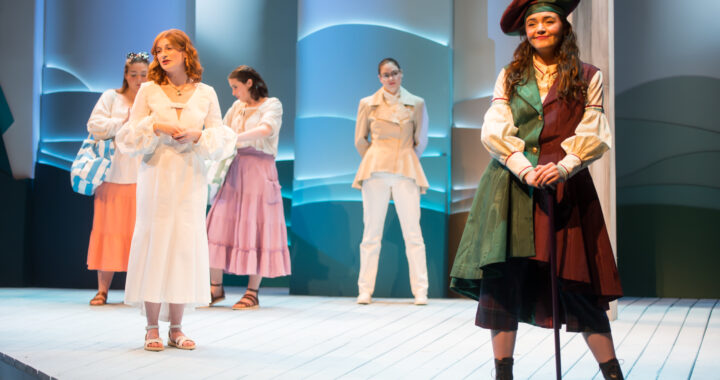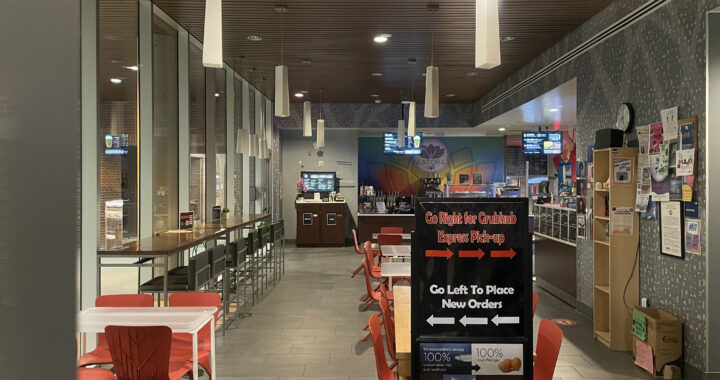Emerging trend of athleisure clothing merges comfort and style
3 min read
The Robin Report
By SARAH HAMPTON
Staff Writer
The rise of “athleisure,” athletic apparel that people wear in non-athletic settings, may be the comfiest and fastest-growing fashion trend.
Athleisure is less about durability and more about comfort. Athleisure can include stretchy yoga pants, leggings, hoodies and sneakers that are not designed for high-performance physical activities. Athleisure’s versatility enables it to be worn in many different social settings and still be appropriate. Hitting the streets in clothes that are fit for the gym used to be a fashion faux pas, but it is becoming more socially acceptable.
“I prefer being able to wear leggings and a cute workout top because it saves so much time getting ready in the morning and is comfortable throughout the entire day,” said senior psychology major Amanda St. Cyr.
“As an athlete, it is really comfortable to wear athleisure clothes. There is such a wide variety of options to choose from so my tastes are fulfilled,” senior business major Ryan van Maanen said.

Brands have started to take notice and are capitalizing on this opportunity. Lululemon, Nike, Adidas and Under Armour are just a few brands that are extending their product lines to include more athleisure type pieces. These brands are taking advantage of consumers who view athletics as an all-around lifestyle, not just a hobby.
Shoes are also a big part of the athleisure look. Now instead of supercharged sneakers intended to improve athletic performance, brands are manufacturing “running inspired” and “casual athletic” styles of shoes. They are made to fulfill a desired aesthetic rather than to function as an actual running shoe.
“I have one pair that is my go-to supportive running shoe and I have a couple other pairs that are just for everyday wear. Different situations call for various styles of shoes,” said Hanna Ashby, a senior psychology major.
“When I purchase shoes that are for casual wear, I focus on color and brand more than I normally would for my running shoes,” she said.
This trend has proven to not just be a fad; it is going to stick around. Not only have brands invested in the development of their athleisure lines, but the numbers don’t lie. According to the market research firm NPD Group, the “sport leisure” style of shoe has become the largest category in the U.S sneaker space, even surpassing the “performance” style of footwear.
The NPD report also revealed that the demand for sport leisure styles in 2016 climbed 17% to $9.6 billion, whereas the sales of performance apparel fell 10% to $7.4 billion.
The surge in the popularity of this relaxed look is said to be driven by millennials. An increase in physical health awareness and a shift in what is acceptable to wear in the workplace has promoted a casual environment that athleisure fits in.
“My favorite athleisure brand is Nike. It isn’t too expensive, and they have a wide selection of clothes and accessories to complete the entire outfit,” St. Cyr said.
“I really like Nike because they are always coming out with new designs and styles. I have also bought a couple pairs of shoes that I have customized myself. It’s nice being able to decide how I want my shoes to look and getting the ideal combination of colors,” said van Maanen.
Athleisure can be spotted on the New York Fashion Week runways, on celebrities promoting brands and on the average American citizen. With varying patterns, styles and an ever-increasing amount of athleisure brands, this trend is certainly here to stay.











